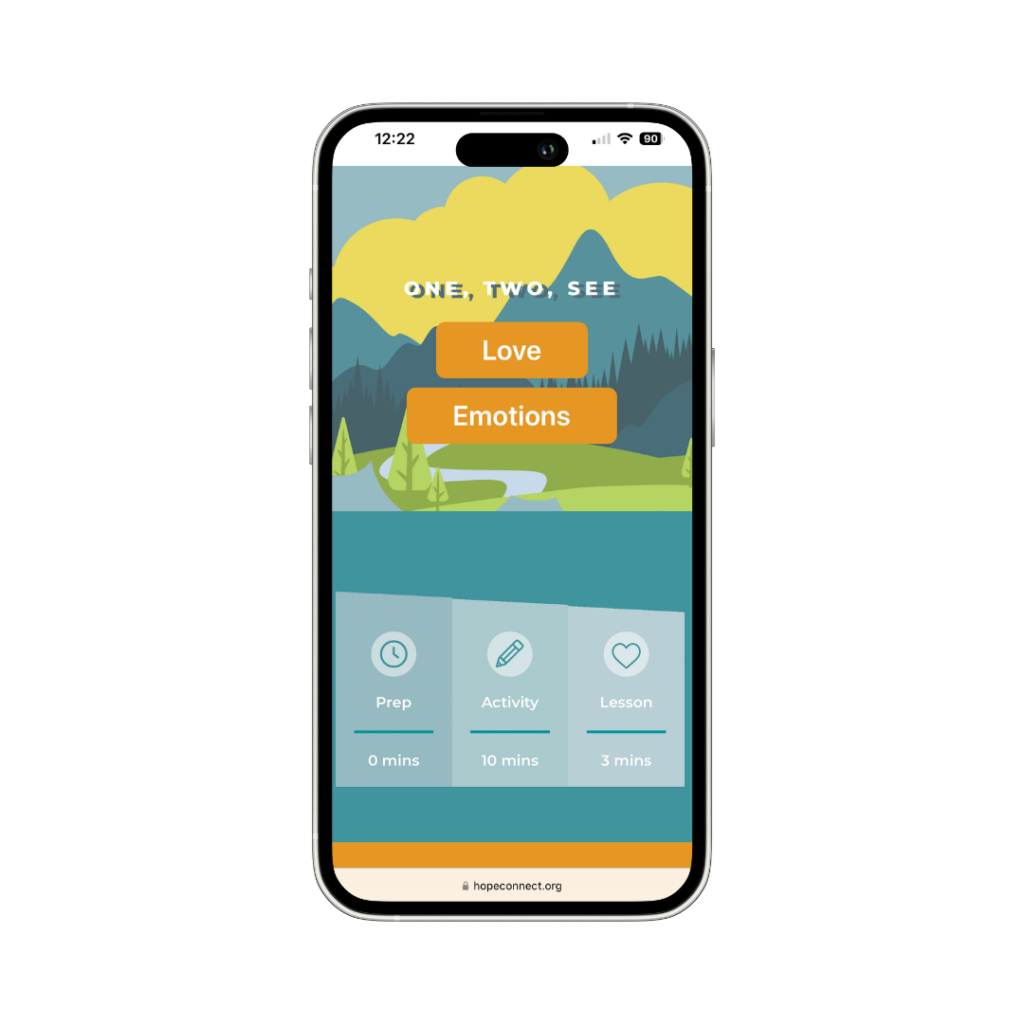Every day, teachers work hard to provide relevant, enriching lessons to classrooms filled with diverse learners. However, for some students, accessing grade-level work requires additional support through accommodations tailored to their unique needs.
Supporting your child’s educational needs—especially if they have learning differences—can feel overwhelming, particularly if this is your first time navigating the process. If you believe your child might benefit from a 504 plan, you’re not alone—and we’re here to help you take the next step with confidence.
Read on to learn about Section 504 plans, the process involved, and how your child might benefit from having one.
This is the final article in our Back to School Collection, a six-part series designed to equip you with the skills and strategies you need to start this fall semester off on the right foot. See our previous articles here:
504 Plans Overview
According to the U.S. Department of Education, Section 504 plans “help ensure that students with disabilities have equal access to educational opportunities”. Discrimination against individuals with disabilities in U.S. programs receiving federal funding is illegal under the Rehabilitation Act of 1973. Department of Education. Public schools, including colleges and universities, fall into this category.
The law provides equal access to education for students with disabilities through accommodations, but it stops short of specialized instruction.
If your child has a disability—such as a learning disability, ADHD, a chronic health condition, or a mental health challenge—they may be eligible for a 504 plan.
Who’s Involved in Creating a 504 Plan?
Your participation as a parent is crucial. You are an essential member of the 504 Plan team and can provide valuable input regarding your child’s strengths, challenges, and needs. Your participation helps ensure that the 504 Plan is tailored to support your child’s success.
A 504 plan is developed by a team at your child’s school. Members of these 504 teams typically include:
- The parent or guardian
- The student (when appropriate)
- Classroom teachers
- The school principal or administrator
- School counselor or psychologist
- School nurse
- Other specialists, such as therapists or healthcare providers, as needed
To determine eligibility and necessary support, the team reviews data from grades, teacher observations, medical records, and parent input. Parental consent is required before any evaluation begins, and parents are active participants throughout the process.
Accommodations in a 504 plan?
Your child’s 504 plan specifies the accommodations and supports they’ll receive to ensure equal learning opportunities. These accommodations do not change what your child is expected to learn, but they do change how they access the material or show their knowledge.
Common accommodations include:
- Preferential seating or special desk/chair arrangements
- Extra time on tests and assignments
- Taking tests in a quiet space
- Modified textbooks or materials (e.g., audiobooks)
- Use of technology, such as speech-to-text
- Adjusted class schedules or workload
- Frequent check-ins for understanding
- Permission for breaks or visits to the nurse
- Occupational or physical therapy, if needed
Your child’s accommodations must be personalized, with the plan reviewed yearly for continued effectiveness.
Customizing 504 Plan with Trust-Based Relational Intervention (TBRI)
For children who have experienced trauma, integrating TBRI principles into a 504 plan can help address emotional and behavioral needs. This may include accommodations like:
- Access to a safe, quiet space when overwhelmed
- Use of sensory tools during class to support focus and calm
- Regular check-ins with a trusted adult
- Visual schedules or reminders
- Opportunities for movement or regulation breaks
- Trauma-informed training for teachers and staff
- Scheduled water and snack break every 2 hours
Advocacy Tips for Parents
During your child’s 504 plan evaluation, a care team will decide what accommodations they’ll get. As a parent, you can advocate for the support your child’s needs.
Here are five proven tips to guide your parental advocacy:
- Be proactive: Don’t hesitate to request a 504 evaluation if you believe your child needs support. Gather documentation: Bring medical records, therapist notes, and teacher observations to meetings.
- Know your rights: You must consent to any evaluations as a full member of the 504 team.
- Ask questions: Ensure understanding of each accommodation and how it will be implemented.
- Monitor and Follow-Up: Check in on the plan’s progress by reviewing it and discussing its successes and failures with teachers.
- Voice your concerns: If your child’s needs are unmet, request a plan revision meeting or contact your school’s 504 coordinator for assistance.
Understanding the 504 process and speaking up for your child helps them get the school support they need.
KEY TAKEAWAY
You’re your child’s biggest advocate, inside and outside of school. If you suspect your child has a learning disability, speak to their school guidance counselor or Exceptional Student Education (ESE) coordinator to explore options for your student. Getting academic accommodations can be a long process, so ask God to support you throughout the journey and guide your steps.
Trust in the Lord with all your heart; do not depend on your own understanding. Seek his will in all you do, and he will show you which path to take. ~Proverbs 3:5-6 (NLT)
APPLICATION
As you learn more about your child’s disability, encourage them to share more about their opinions and preferences. Play “Think, Share, Care” on your next car ride to learn more about your children and encourage them to ask you questions about yourself, too.
Find this game and more now in the Everyday Moments™ activities collection!






